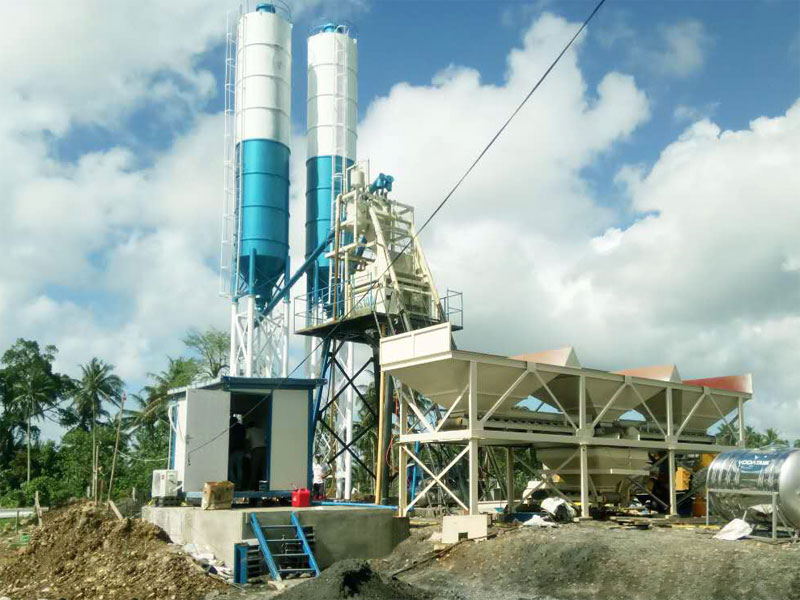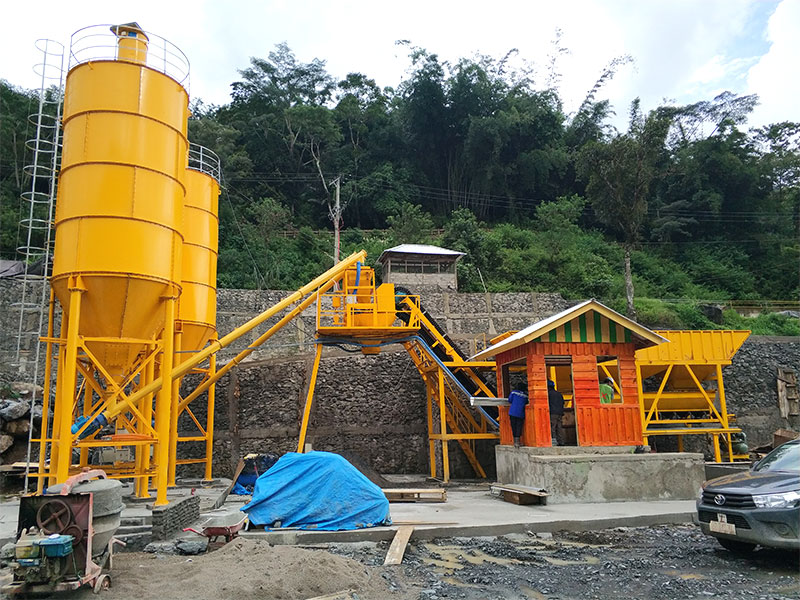Concrete batching plants are essential in the construction industry, producing the primary building material – concrete. However, the operation of these plants can be resource-intensive, and reducing operating costs is a priority for plant owners and operators.
Efficient Equipment Selection
One of the most significant factors impacting operating costs is the choice of equipment. Opt for modern, energy-efficient batching plants and mixers. Newer technologies are designed to be more energy-efficient, resulting in lower operational costs over time. Moreover, consider automation and computerized control systems that can optimize batching precision, reducing material wastage and energy consumption.
Regular Maintenance
Proper maintenance is crucial for the longevity and efficiency of concrete batching plants Malaysia. Regularly scheduled maintenance and inspections can identify and address issues before they become costly problems. Keeping equipment well-maintained reduces the risk of unexpected breakdowns and extends the lifespan of machinery, ultimately saving on replacement and repair costs.
Energy Efficiency
Energy consumption is a significant portion of the operating costs of concrete batching plants. To save on energy expenses, consider the following measures:
- Invest in energy-efficient equipment, such as mixers, conveyors, and silo systems.
- Use variable frequency drives (VFDs) to control motors and pumps, allowing you to adjust the speed according to the required production rate.
- Utilize natural light and energy-efficient lighting in plant facilities to reduce electricity costs.
- Consider on-site renewable energy sources, such as solar panels or wind turbines, to partially cover energy needs.
Material Management
Efficient material management is crucial for cost savings. Properly managing raw materials, such as cement, aggregates, and admixtures, can help reduce waste and control costs:
- Implement accurate inventory management systems to prevent overstocking or understocking of materials.
- Use moisture sensors to control the water content in aggregates, optimizing the mix design.
- Carefully source materials locally to reduce transportation costs.
- Consider alternative materials like fly ash or slag to partially replace cement, reducing costs and environmental impact.
Waste Reduction
Concrete batching plants generate waste in the form of unused concrete, dust, and other byproducts. Efficient waste management practices can reduce disposal costs:
- Recycle and reuse leftover concrete and aggregates in production or construction projects.
- Implement proper dust control measures to minimize airborne pollution and reduce cleaning costs.
- Dispose of waste in compliance with environmental regulations to avoid fines.
Water Conservation
Concrete production relies heavily on water, and managing water usage is essential to save on operating costs:
- Implement rainwater harvesting systems to reduce freshwater consumption.
- Reuse and recycle process water within the stationary batching plant to minimize water waste.
- Employ water management techniques to control and limit the volume of water required for batching.
Employee Training
Investing in employee training and skill development can lead to better productivity, improved operational efficiency, and reduced errors. Trained staff can operate equipment more effectively and troubleshoot issues quickly, minimizing downtime and costly repairs.
Batch Control Systems
Implementing advanced batch control systems can significantly improve the accuracy and efficiency of concrete production. These systems help in precise material measurement, reducing waste and ensuring that the right mix is produced consistently. Automation also enables remote monitoring, allowing for proactive maintenance and issue resolution.
Emission Reduction
In addition to lowering operational costs, reducing emissions is a sustainability goal for concrete batching plants. Emissions, primarily carbon dioxide (CO2), are a byproduct of cement production. Strategies to save costs and reduce emissions include:
- Using carbon-neutral or low-carbon cement to reduce the carbon footprint.
- Implementing carbon capture and storage (CCS) technologies to capture CO2 emissions.
- Investing in electric or hybrid vehicles for concrete transportation, reduces emissions and fuel costs.
Lean Manufacturing
Lean manufacturing principles can be applied to concrete batching plants to eliminate waste, improve efficiency, and reduce costs. Key lean strategies include:
- Implementing a just-in-time (JIT) inventory system to reduce stock levels and storage costs.
- Optimizing production schedules to match demand, reducing idle time and resource waste.
- Identifying and addressing bottlenecks in the production process to enhance overall efficiency.
Conclusion
Reducing operating costs in mini concrete batching plants is crucial for profitability and sustainability. By focusing on efficient equipment selection, regular maintenance, energy conservation, proper material and waste management, water conservation, employee training, advanced batch control systems, emission reduction, and lean manufacturing principles, plant owners and operators can achieve substantial cost savings while maintaining high-quality concrete production. These strategies not only contribute to the bottom line but also support the industry’s broader goals of environmental responsibility and sustainable growth.

